The plastic tubes with o-rings are still available from Honda for about $30 each. There's also an eBay seller who offers metal replacement tubes/o-rings for about $85 a set. On my "Products" page I offer a repair kit consisting of four o-rings, two fuel lines and clamps for $16. Whichever direction you choose, the installation is the same, and here's how I do it....
Note: the carbs are numbered as follows: Viewed from the rider's seat, #1 is left rear; #2 is left front; #3 is right rear; #4 is right front.
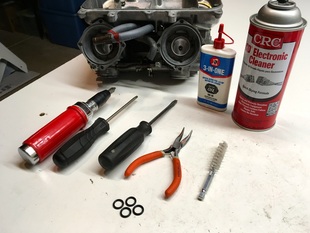
Here's the required tools: impact driver, screwdrivers, needle nose pliers, cleaning brush, cleaning solvent and oil. A dental pick or tiny screwdriver is also useful for removing the old o-rings.
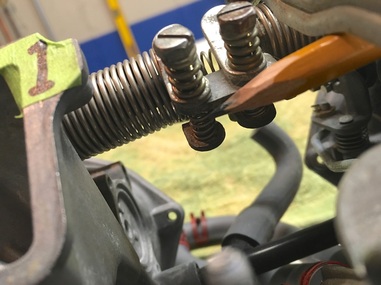
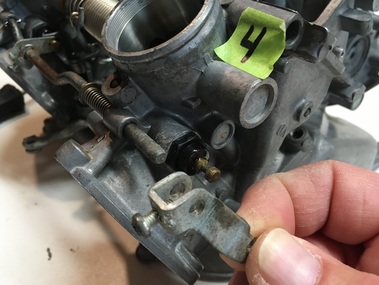
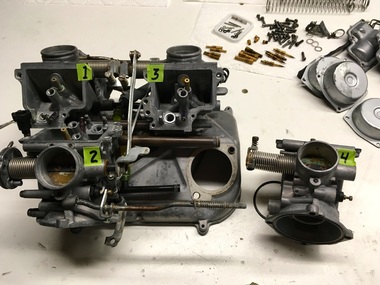
Now is the time to note how the lines are routed, you may want to take a photo. I then cut the old fuel lines (assuming they’re being replaced) as short as possible to get them out of the way (don't pull on them, you could break the plastic tubes) and gently free the #2/4 fuel tube and then the #1/3 tube.
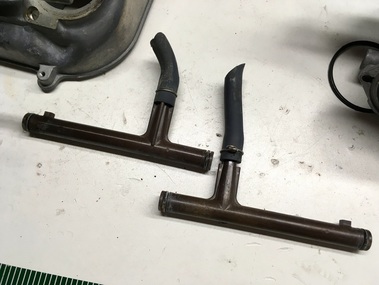
Those old, hardened fuel lines will make installation more difficult and really should be replaced. Now's your chance.
The two smaller, black air vent tubes will have fallen free, just let them be till installation (note: '90-93 have four vent tubes).
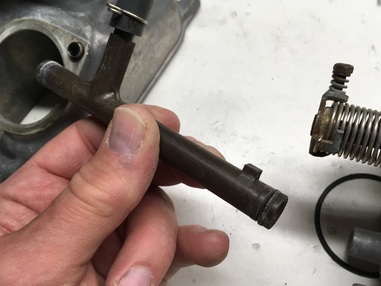
The fitting nub for carb #4 ('86-87).
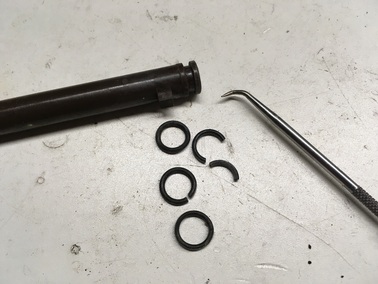
Remove the old o-rings, clean the grooves and install the new.
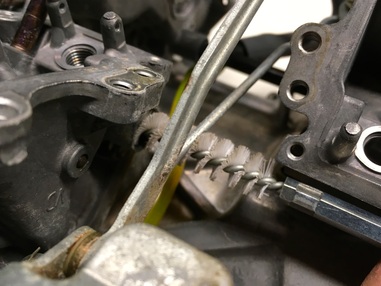
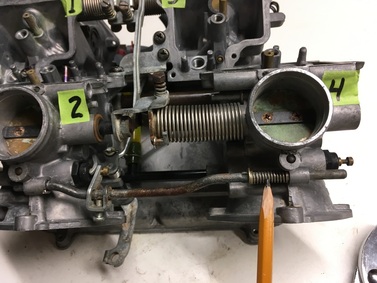
None of this requires force. If you find yourself reaching for a hammer, take a breath and figure out why. It's a three dimensional puzzle, but it does fit back together.
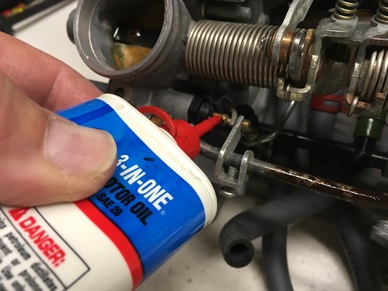
Apply a bit of motor oil to the pivot and sliding areas of the choke and throttle linkages. Visually check that all the carbs are seated square and flush.
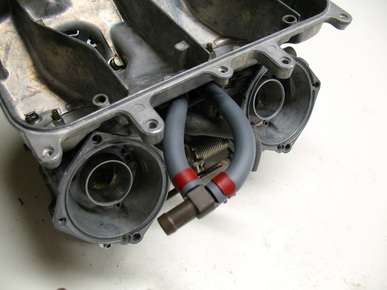
Install the fuel lines onto the "T" fitting. When installed correctly, the different length replacement fuel lines will look like this, facing carb #1 just like from the factory.
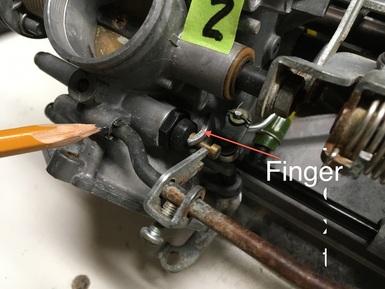
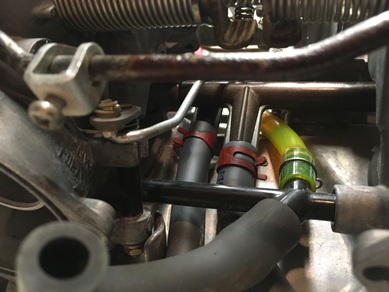
After all this fiddling about, the carbs will need to be sync'd on the running bike. Syncing is an important step on any multi-cylinder, multi-carb engine and shouldn't be ignored.
Congratulations, you're done! Your carburetors thank you.



 RSS Feed
RSS Feed